

— Blogs —
—Products—
 Consumer hotline +8618073152920
Consumer hotline +8618073152920 WhatsApp:+8615367865107
Address:Room 102, District D, Houhu Industrial Park, Yuelu District, Changsha City, Hunan Province, China
Product knowledge
Time:2024-09-22 16:48:59 Popularity:307
Smart Agriculture Sensors refers to sensor devices used in the field of agriculture to provide accurate data support for agricultural production by sensing and monitoring various parameters in the growing environment of crops.
Smart Agriculture Sensors include temperature sensors, humidity sensors, light sensors, soil sensors and other types of sensors, which can realize the comprehensive monitoring and collection of agricultural production environment and crop growth information. They utilize sensor technology to convert physical quantities (such as temperature, humidity, light intensity, etc.) into measurable and processable electrical signals or other forms of information output.

|

|

|

|

|
| Anemometer Wind Speed sensor | Wind direction sensor | Tipping bucket rain gauge sensor | Tipping bucket rain gauge sensor | Piezoelectric Rain Gauge |

|
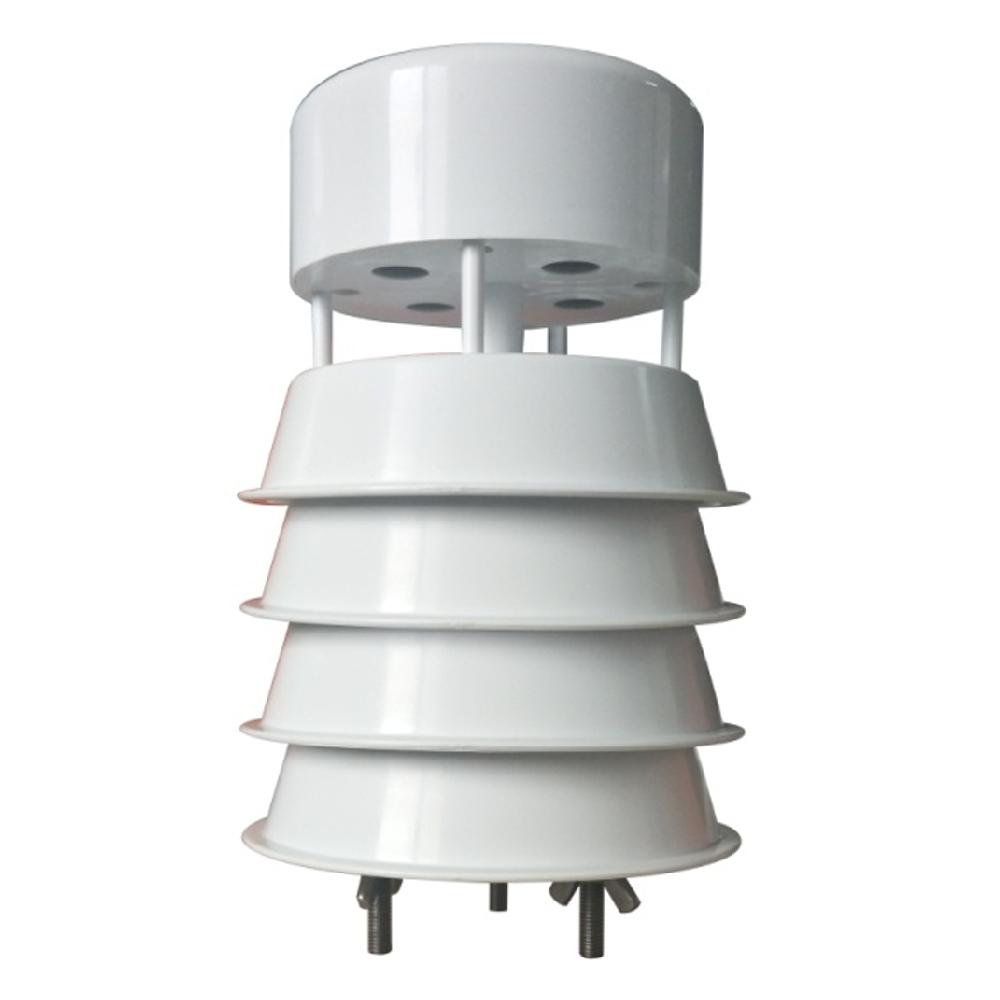
|
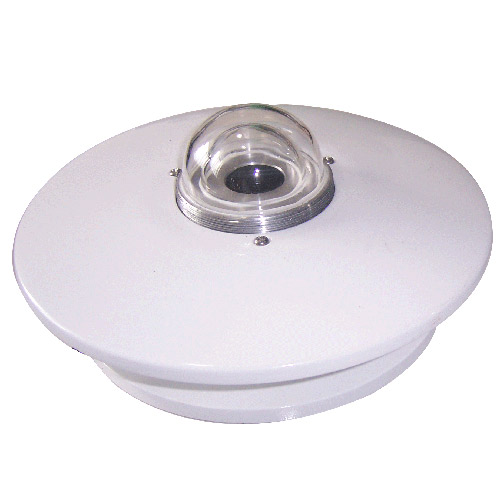
|
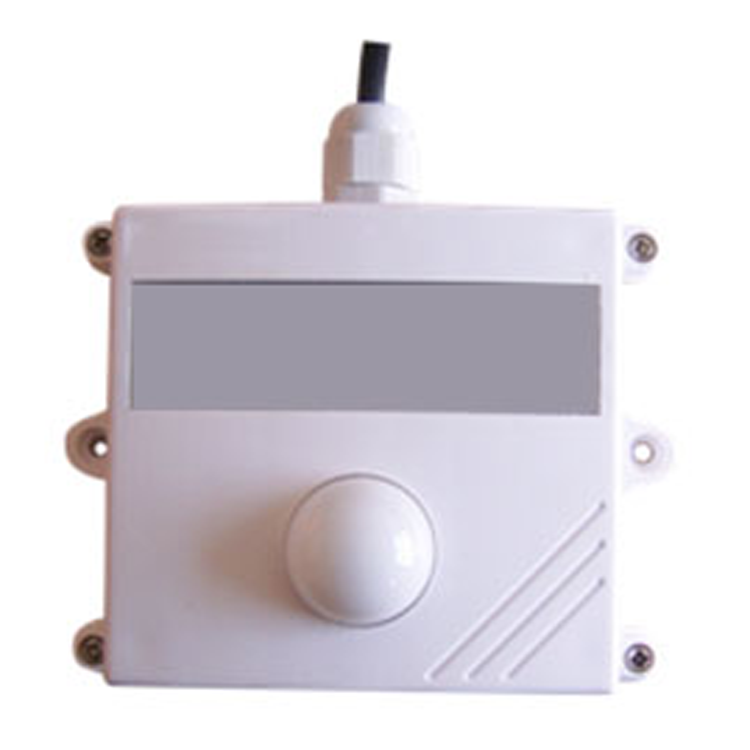
|

|
| Atmospheric Temperature Humidity air pressure Sensor | 5 in1 Ultrasonic Weather Station Sensor | Solar Radiation Sensor | illumination sensor | 7 in1 Ultrasonic Weather Station Sensor |

|
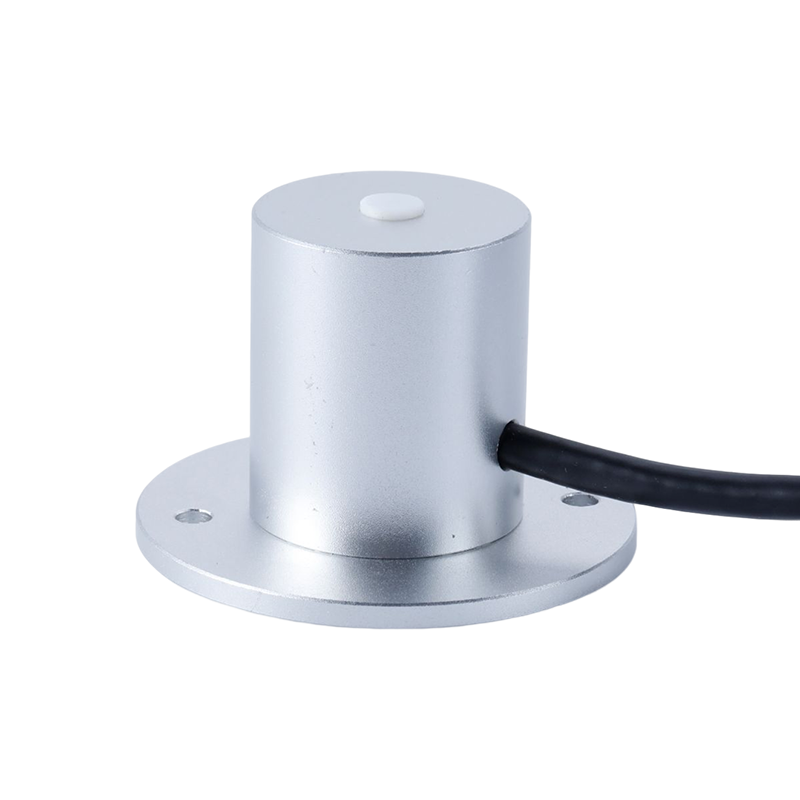
|

|

|

|
| Carbon dioxide sensor | Photosynthetically Active Radiation Sensor |
Soil NPK Sensor |
Soil pH sensor | Soil Moisture Temperature sensor |
Smart agriculture sensors can monitor a wide range of information such as soil, weather, and plant conditions in real time, helping farmers and agricultural scientists to better manage their farms and improve crop yields and quality while reducing resource waste. Here are some of the main types and functions of smart agriculture sensors:
- Soil Moisture Sensor: monitors the moisture content in the soil for precision irrigation.
- Soil Temperature Sensor: Measures soil temperature, which is important for seed germination and crop growth.
- Soil conductivity sensor: detects the salt content in the soil to help adjust fertilizer application strategies.
- Soil pH sensor: monitors soil acidity and alkalinity, which affects nutrient uptake by crops.
- Air temperature sensor: measures air temperature, which has an impact on crop growth and pest and disease occurrence.
- Humidity sensor: monitors air humidity, which is related to irrigation and plant transpiration.
- Wind speed and direction sensors: provide information on wind, which affects crop growth and agricultural spraying operations.
- Light sensors: measure solar radiation and light intensity, critical for plant photosynthesis.
- Foliage moisture sensor: monitors the wetness of plant leaves for irrigation management.
- Plant Growth Sensor: Measure the height, diameter and other growth parameters of the plant.
- Fruit ripeness sensor: determines fruit ripeness by color, size and other parameters.
- Dissolved Oxygen Sensor: monitors the dissolved oxygen content in water, which is very important for aquaculture.
- Turbidity Sensor: Measures the cleanliness of the water, which affects the quality of irrigation water.
- High accuracy: Provides accurate data for making scientific agricultural management decisions.
- Wireless transmission: transmits data to a centralized control system via a wireless network for easy remote monitoring.
- Low power consumption: Designed for low energy consumption, some sensors can be powered by solar energy.
- Durability: able to work stably in various harsh agricultural environments.
- Easy to install and maintain: easy for farmers to install and use, reducing the technical threshold.
Smart agricultural sensors are one of the key technologies to realize precision agriculture and smart agriculture, they help to improve the automation level of agricultural production, realize the optimal allocation of resources, reduce environmental pollution, and ultimately improve the quality and yield of agricultural products.
Smart agriculture sensors are widely used in farmland, greenhouse, orchard and other agricultural fields. In the farmland, they can help farmers achieve precise irrigation, fertilization and pest control; in the greenhouse, they can monitor and adjust the temperature, humidity, light and other environmental parameters in the greenhouse in real time, to create the best growing conditions for the crops; in the orchard, they can monitor the growth of fruit trees and pests and diseases, and improve the yield and quality of fruit trees.
1. environmental monitoring: through wireless temperature and humidity sensors, light and illumination sensors, smart agriculture sensors can monitor the environmental conditions in the greenhouse or field to ensure that the crops are in the most suitable growing environment.
2. Soil management: Soil temperature and humidity sensors and nutrient element sensors are installed at different depths to help farmers understand the real-time condition of the soil, and accurately irrigate and fertilize the soil to reduce resource wastage.
3. Gas Detection: such as CO2 and NH3 sensors are used to control gas concentrations in greenhouses to optimize crop photosynthesis and prevent the accumulation of harmful gases.
4. crop health assessment: life information smart sensors can monitor the growth status and health of crops, early detection of pests and diseases, and reduce the use of chemical pesticides.
5. Automation control and decision support: Smart sensors, combined with automation systems, can automatically adjust irrigation, ventilation, lighting, etc. based on collected data, while smart algorithms analyze the data and provide management advice to farmers.
6. Food quality and safety: During the post-harvest handling and storage stages, smart sensors monitor temperature and humidity to ensure the quality of agricultural products and extend the freshness period.
7. Precision agriculture: Through high-precision positioning and environmental data, precise management of crops is realized, such as applying fertilizers or pesticides in specific areas to improve efficiency and reduce environmental pollution.
8. Remote monitoring and data analysis: Sensor data is transmitted to the cloud through Internet of Things (IoT) technology, which allows farmers to remotely monitor the status of their farmland and optimize farming operations using big data analysis.
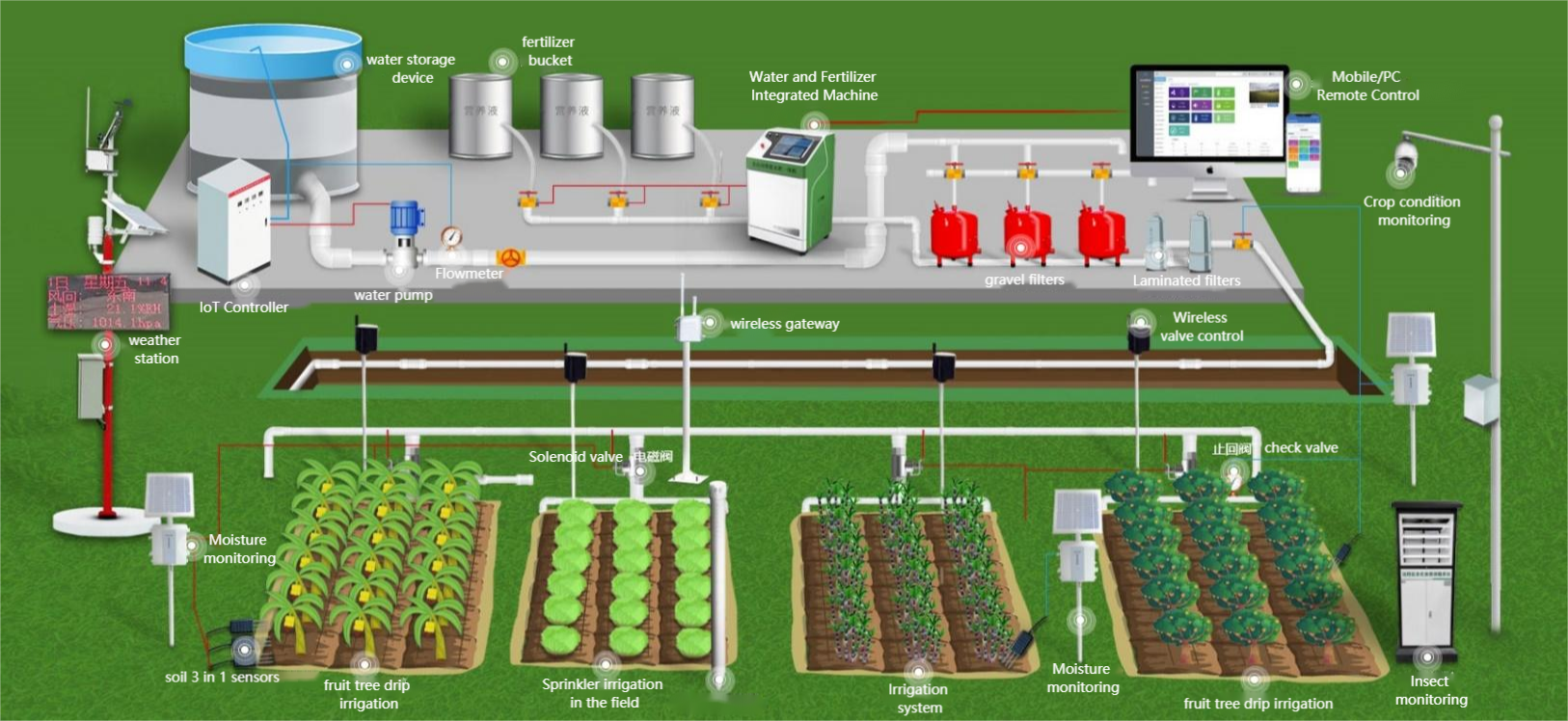
Choosing the right smart agriculture sensor is a process that takes into account a number of factors. Here are some key steps and considerations to help you make the right choice:
1. Define monitoring objectives:
- Define the parameters you want to monitor, such as soil moisture, temperature, pH, conductivity, light intensity, wind speed, etc.
- Determine the type of agricultural activity you are doing, e.g. crop cultivation, aquaculture or animal husbandry.
2. Consider the sensor type:
- Select the appropriate sensor type according to the monitoring objective, e.g. if you need to monitor soil moisture, select a soil moisture sensor.
3. Evaluate sensor performance:
- Accuracy: Choose a sensor with high accuracy to ensure data reliability.
- Stability: The sensor should be able to maintain stable measurement performance over a long period of time.
- Response time: Fast response sensors are better able to capture environmental changes.
- Range and Resolution: Ensure that the range and resolution of the sensor meets the monitoring requirements.
4. Environmental Adaptability:
- The sensor should be able to adapt to the environmental conditions in your area, such as temperature, humidity, corrosivity, etc.
- Consider whether the sensor is waterproof, dustproof, corrosion-resistant and other characteristics.
5. Power supply and communication mode:
- Select the appropriate power supply method according to the power supply of the monitoring location, such as battery power supply, solar power supply or wired power supply.
- Determine the data transmission method, such as wireless transmission (Wi-Fi, Bluetooth, LoRa, NB-IoT, etc.) or wired transmission.
6. Installation and maintenance:
- Select sensors that are easy to install and operate to reduce the difficulty of use.
- Consider the maintenance needs of the sensor, such as frequency of calibration and ease of replacing batteries or parts.
7. cost-effectiveness:
- Consider the cost of the sensor against your budget, including purchase, installation, maintenance, and operating costs.
- Evaluate the life of the sensor and the total cost of ownership.
8. compatibility and scalability:
- Ensure that sensors are compatible with existing agricultural management systems or platforms.
- Consider the possibility that the sensor network may need to be expanded or upgraded in the future.
9. after-sales service and warranty:
- Choose a brand that offers good after-sales service and technical support.
- Check the product's warranty period and warranty terms.
10. user reviews and case studies:
- Check reviews and feedback from other users to understand the actual performance of the product.
- Refer to case studies in similar agricultural environments to understand the actual application effect of the sensor.
Through the above steps, you can more systematically choose the right smart sensors for your agricultural needs, thus realizing more efficient and precise agricultural management.
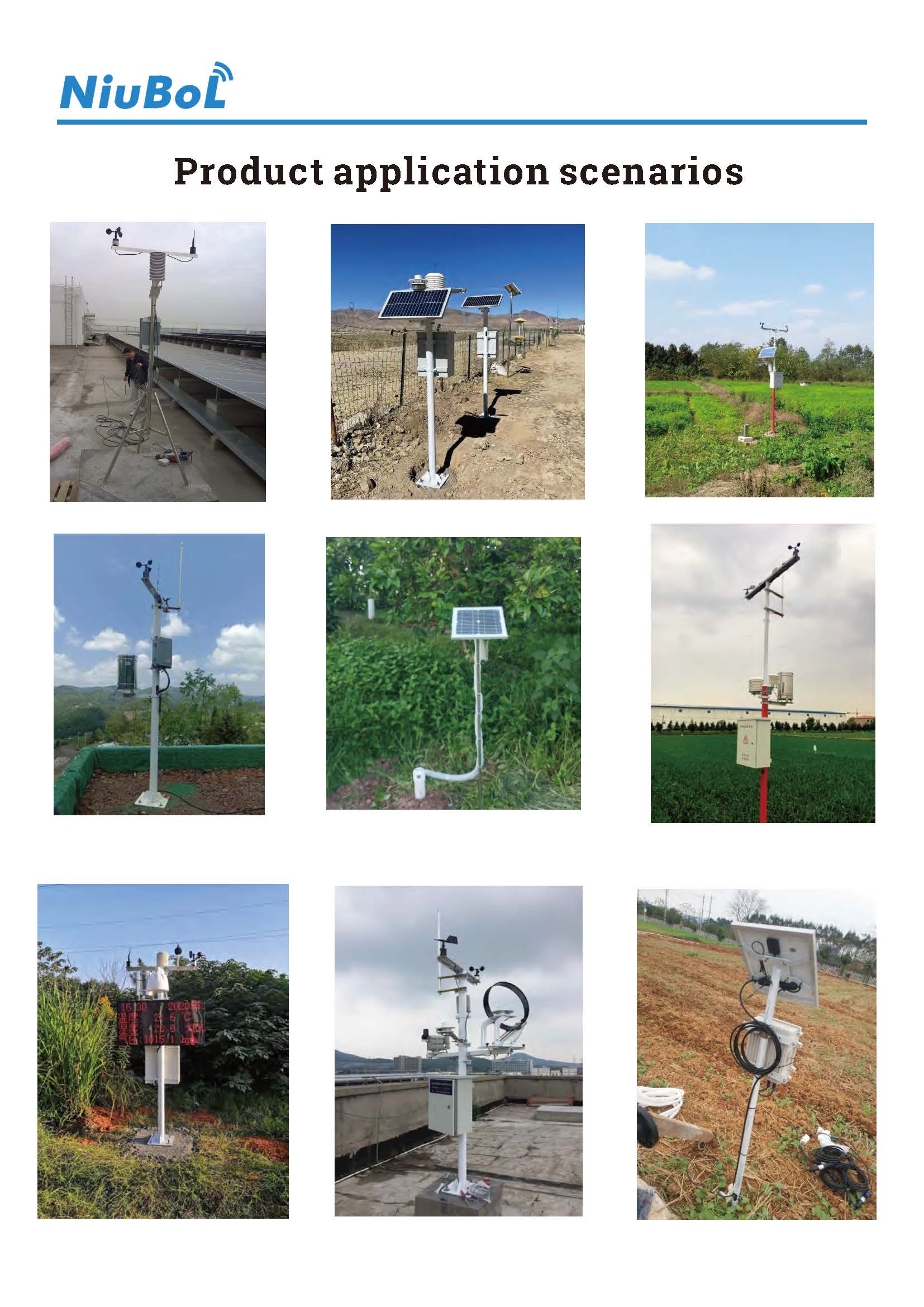
Summarize:
With the continuous development of technologies such as the Internet of Things, cloud computing and artificial intelligence, smart agricultural sensors will develop in the direction of more miniaturization, integration and intelligence. In the future, smart agricultural sensors will pay more attention to the real-time, accuracy and reliability of data, providing more precise and effective decision support for agricultural production. At the same time, with the further reduction of costs and the continuous maturation of technology, the application of intelligent agricultural sensors in agricultural production will be more extensive and in-depth.
In short, intelligent agricultural sensors are one of the important supporting technologies for the development of modern agriculture, and they provide scientific basis and technical support for agricultural production through real-time monitoring and collection of agricultural production environment and crop growth information, and help the intelligent, precise and efficient agricultural production.
Related recommendations
Sensors & Weather Stations Catalog
Agriculture Sensors and Weather Stations Catalog-NiuBoL.pdf
Weather Stations Catalog-NiuBoL.pdf
Related products
 Combined air temperature and relative humidity sensor
Combined air temperature and relative humidity sensor Soil Moisture Temperature sensor for irrigation
Soil Moisture Temperature sensor for irrigation Soil pH sensor RS485 soil Testing instrument soil ph meter for agriculture
Soil pH sensor RS485 soil Testing instrument soil ph meter for agriculture Wind Speed sensor Output Modbus/RS485/Analog/0-5V/4-20mA
Wind Speed sensor Output Modbus/RS485/Analog/0-5V/4-20mA Tipping bucket rain gauge for weather monitoring auto rainfall sensor RS485/Outdoor/stainless steel
Tipping bucket rain gauge for weather monitoring auto rainfall sensor RS485/Outdoor/stainless steel Pyranometer Solar Radiation Sensor 4-20mA/RS485
Pyranometer Solar Radiation Sensor 4-20mA/RS485
Screenshot, WhatsApp to identify the QR code
WhatsApp number:+8615367865107
(Click on WhatsApp to copy and add friends)